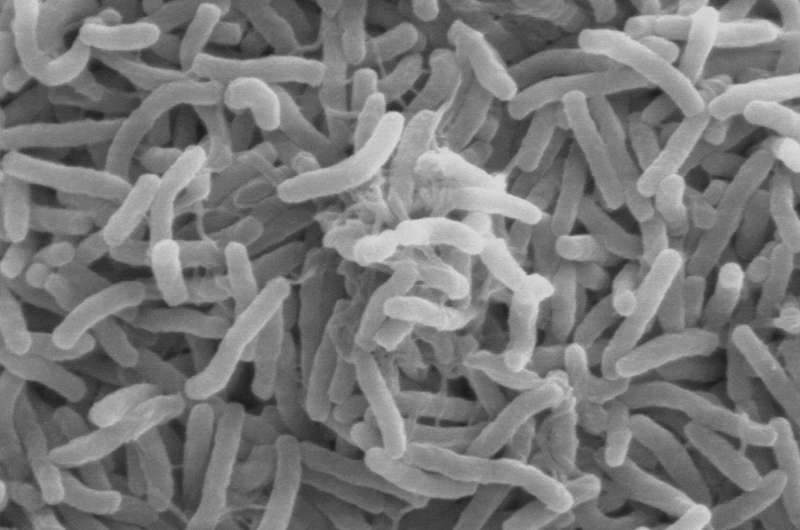Understanding How Spinal Curves May Cause Pain

Learn how abnormal curvatures of the spine such as hyperkyphosis and scoliosis can lead to pain, breathing issues, and other health complications, and discover the options for management and treatment.
Over 60% of individuals will experience lower back pain at some stage in their lives, making it one of the most widespread health complaints globally. This discomfort not only affects day-to-day activities but is also the leading cause of disability worldwide.
The human spine is a complex structure made up of 33 vertebrae, which are stacked in a specific arrangement. These bones are divided into five segments: cervical (neck), thoracic (chest area), lumbar (lower back), sacral (pelvic connection), and coccyx (tailbone). The vertebrae are interconnected by joints and discs, allowing a range of movements. Interestingly, the spine is naturally curved in multiple directions to facilitate these functions, with forward and backward curves enhancing mobility.
However, various conditions can cause the spine to curve excessively or abnormally, leading to pain and additional health issues. One such condition is hyperkyphosis, often called "dowager's hump," which involves an exaggerated outward curvature of the thoracic spine. Frequently resulting from osteoporosis, aging, or poor posture, this condition causes a stooped or hunched posture. In extreme cases, it can impair breathing and swallowing due to compressed chest and neck areas.
Another common deformity is scoliosis, characterized by an abnormal sideways curvature that may involve rotation of the vertebrae. Causes of scoliosis range from congenital deformities and trauma to neurological disorders like cerebral palsy or infections. Patients often notice asymmetrical shoulder or rib cage positioning, and in advanced cases, postural changes become evident.
Displacement of vertebrae, known as spondylolisthesis, occurs when a vertebra slips out of its normal position, often due to trauma, wear and tear, or conditions like osteoporosis. This can result in nerve compression, leading to symptoms such as sciatica—pain, tingling, or numbness radiating down the leg. Additionally, some vertebrae may fuse abnormally, a process called ankylosing spondylitis, which results in a rigid, bamboo-like spine.
Managing spinal deformities and related pain depends on their severity and cause. For mild cases, especially in young patients, wearing braces can help guide spinal growth. Severe or unresponsive deformities may require corrective surgery. Preventative measures include maintaining good posture, engaging in exercises that strengthen back and shoulder muscles, and caring for bone health through diet, medication, and resistance training.
In cases where nerves are compressed or deformities cause significant impairment, surgical interventions such as nerve decompression might be necessary. Ultimately, the spine's architecture is remarkable yet vulnerable to various deformities that can lead to pain and functional limitations. Timely medical advice and appropriate treatment strategies are essential to maintain spinal health and overall well-being.
Source: https://medicalxpress.com/news/2025-09-spine-pain.html
Stay Updated with Mia's Feed
Get the latest health & wellness insights delivered straight to your inbox.
Related Articles
Advances in Postmortem Brain Analysis: Correcting for Decay to Better Understand Schizophrenia
Skoltech researchers have identified stable small molecules in postmortem brain tissues, enabling more accurate analysis of neurological disorders like schizophrenia by correcting for tissue decay effects.
Cholera Outbreak Reported in Ivory Coast with Seven Fatalities
Ivory Coast has confirmed a cholera outbreak near Abidjan, with seven deaths and over 45 cases reported, highlighting ongoing sanitation challenges and global health risks.
UK Issues Warning Against Using 'Skinny Jabs' During Pregnancy and Breastfeeding
The UK raises concerns over the safety of 'skinny jabs' like Ozempic and Wegovy for women trying to conceive, highlighting risks during pregnancy and breastfeeding due to limited safety data. Proper contraception and medical advice are essential.
Media Coverage and Costs of Newly Approved Medicines: What the Media Focuses On
A Finnish study reveals how media coverage varies for new medicines, highlighting disparities unrelated to cost or prevalence, and the potential impact on public perception and health policy.



